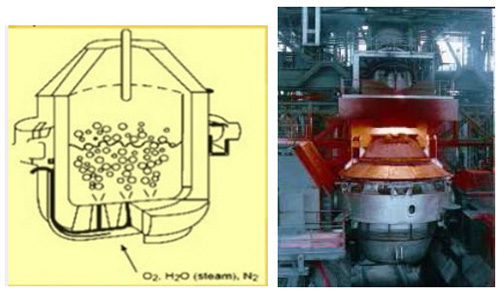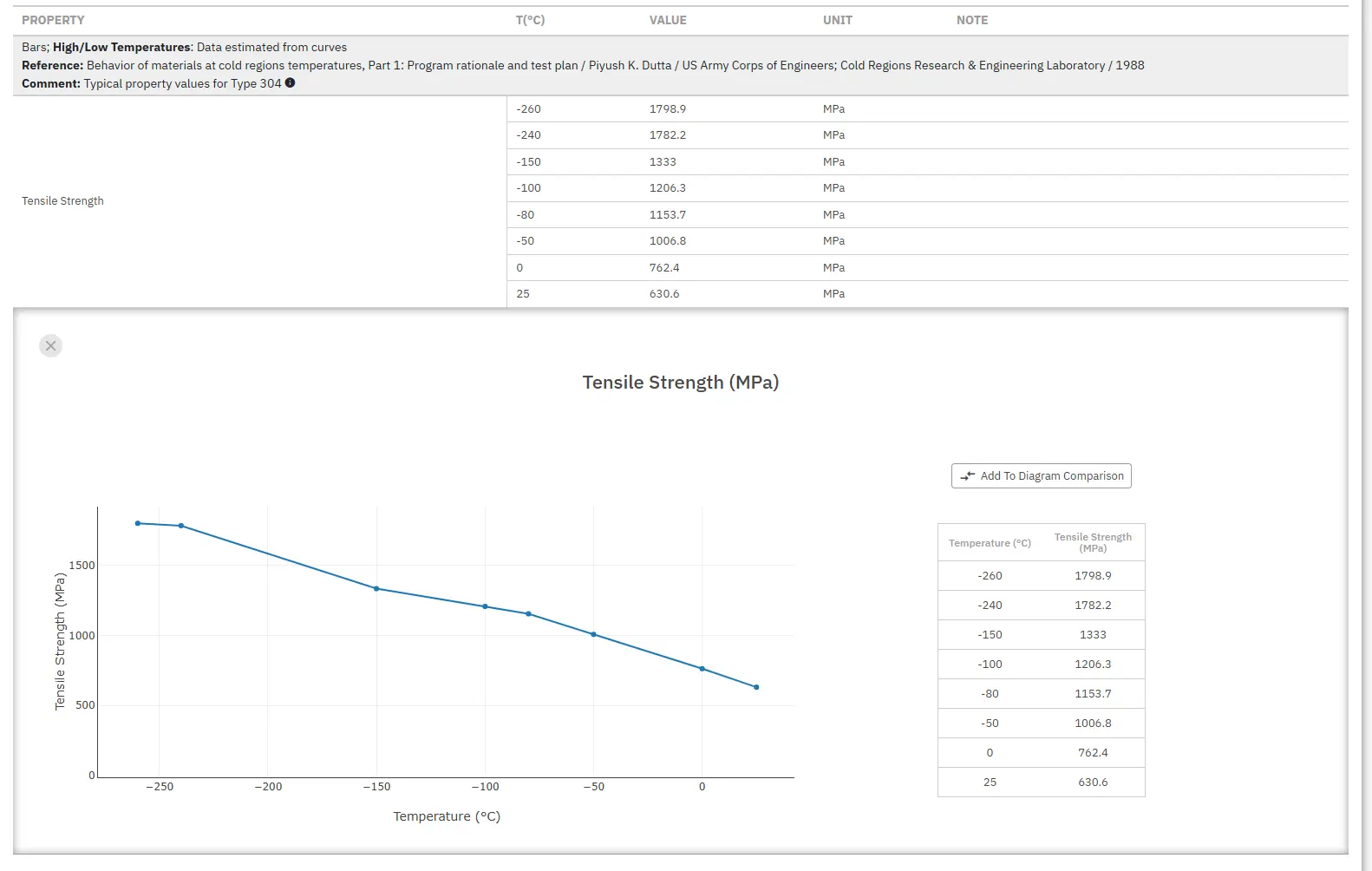The CLU Converter Process
Abstract
The CLU (Creusot-Loire-Uddeholm) converter process represents a crucial advancement in modern secondary refining technology for efficient and cost-effective steelmaking operations. This process offers significant advantages including superior temperature control and economic benefits compared to alternative refining methods. The CLU process, alongside AOD (Argon-oxygen-decarburization) technology, has revolutionized stainless steel production by enabling precise control of decarburization while maintaining optimal alloy composition. The process utilizes gas injection through bottom-mounted tuyeres to enhance mixing and mass transfer, resulting in faster refining rates and improved product quality. Key benefits include the ability to use lower-cost ferrochromium with high silicon and carbon content, reduced operating temperatures, and cost-effective dilution gas utilization.
Introduction to Modern Steelmaking Secondary Refining
High-speed steelmaking technology has become essential for steel and ferro-alloy production, driving the need to increase productivity, reduce production costs, and meet stringent quality requirements. The steel industry has witnessed significant technological developments that have transformed manufacturing processes.
Modern steelmaking practices increasingly rely on electric arc furnaces for alloy steel and stainless steel production, while ladle metallurgy techniques have been adopted to improve both productivity and quality outcomes. Secondary refining practices, including AOD, CLU, and VOD (Vacuum Oxygen Decarburization) processes, have become standard for stainless steel and alloy steel manufacturing.
Understanding CLU Converter Technology and Process Design
In contemporary steelmaking operations, metal refining and alloying processes occur in specialized vessels designed for optimal performance. The refining process within converters focuses on oxidizing excess carbon in the molten metal while maintaining or increasing the levels of other essential elements.
Stainless steel production today achieves remarkable efficiency through advanced technologies such as AOD and CLU processes. While both processes share similar applications and objectives, they differ primarily in their gaseous mixture composition and gas injection locations. The CLU process specifically utilizes the Creusot-Loire-Uddeholm methodology, which has proven highly effective for secondary refining operations.

Figure 1: Cross-section of CLU converter and its operational condition in the plant setting
CLU Process Charge Composition and Materials
The charge composition for CLU converters consists of hot metal sourced from electric arc furnaces, various fluxes, and additional materials including scrap metal and ferrochromium alloys. The hot metal, essentially crude steel, contains primarily iron, chromium, nickel, and carbon, along with undesirable elements such as phosphorus, sulfur, and manganese that require removal during the refining process.
Fluxes serve as specialized salts added to the molten bath to facilitate the slagging of undesirable elements while maintaining optimal heat balance within the system. The selection of appropriate fluxes depends on the chemical characteristics of the slag formation, whether acidic or alkaline, and considerations related to refractory wear patterns.
The hot metal component derives predominantly from scrap materials, while flux selection requires careful consideration of slag chemistry and refractory maintenance requirements. Gas mixture injection occurs through strategically positioned nozzles or tuyeres located at or near the vessel bottom, promoting enhanced mixing, heat transfer, and mass transfer throughout the molten bath.
Gas Injection Characteristics and Three-Phase Formation
Under optimal operating conditions, chemical reactions proceed rapidly, resulting in significantly higher refining rates compared to conventional methods. As the refining process advances, three distinct phases form within the bath: molten steel, liquid slag, and gaseous products. The density difference between these phases creates natural separation, with the lighter slag phase floating above the denser molten steel during the refining cycle.
Table 1. Gas injection characteristics comparison between AOD and CLU processes
| Process | Bottom Gases | Tuyere Location |
| AOD | Oxygen, Argon, Nitrogen, Carbon monoxide | Side - bottom |
| CLU | Steam, Argon, Nitrogen, Oxygen | Bottom |
Optimal Operating Parameters for Stainless Steel Grades
The CLU process demonstrates exceptional performance when processing various stainless steel grades, with grades 304 and 409 representing commonly processed materials. These grades require specific parameter control to achieve desired metallurgical properties and composition targets.
Table 2. Typical parameters and operating conditions for both grade 304 and grade 409 stainless steel processing
| Parameter | Unit | Grade 304 | Grade 409 |
| Aim carbon | % | 0.03 | 0.01 |
| Aim nitrogen | ppm | 350 | 100 |
| Melt in carbon | % | 1.65 | 0.96 |
| Melt in silicon | % | 0.2 | 0.13 |
| Oxygen | Nm3/t | 27.7 | 22.4 |
| Nitrogen | Nm3/t | 13.5 | 1.7 |
| Steam | Nm3/t | 10.4 | 6 |
| Hydrogen | ppm | 5.9 | 3.8 |
| Argon | Nm3/t | 7 | 17.1 |
| Silicon (reduction) | Kg/t | 15.5 | 15.9 |
Key Advantages of CLU Technology
The CLU converter process offers several compelling advantages that make it attractive for modern steelmaking operations. Temperature control capability during decarburization represents one of the most significant benefits, allowing operators to maintain optimal thermal conditions throughout the refining cycle.
Economic advantages include the low cost of dilution gases used in the process, making it financially attractive compared to alternative technologies. The process design accommodates lower-priced ferrochromium feedstock with high silicon and carbon content, providing additional cost savings without compromising product quality.
Operational benefits extend to reduced operating temperatures, which contribute to improved refractory life and reduced energy consumption. These combined advantages position the CLU process as a highly competitive option for secondary refining applications in modern steelmaking facilities.
Conclusion
The CLU converter process represents a mature and proven technology for secondary refining in stainless steel production. Its combination of technical performance, economic benefits, and operational flexibility continues to make it a valuable asset for steel producers seeking to optimize their refining operations while maintaining high product quality standards.
Access Precise Properties of Stainless Steels Now!
Total Materia Horizon contains property information for 120,000+ stainless steels: composition, mechanical and physical properties, nonlinear properties and much more.

Get a FREE test account at Total Materia Horizon and join a community of over 500,000 users from more than 120 countries.